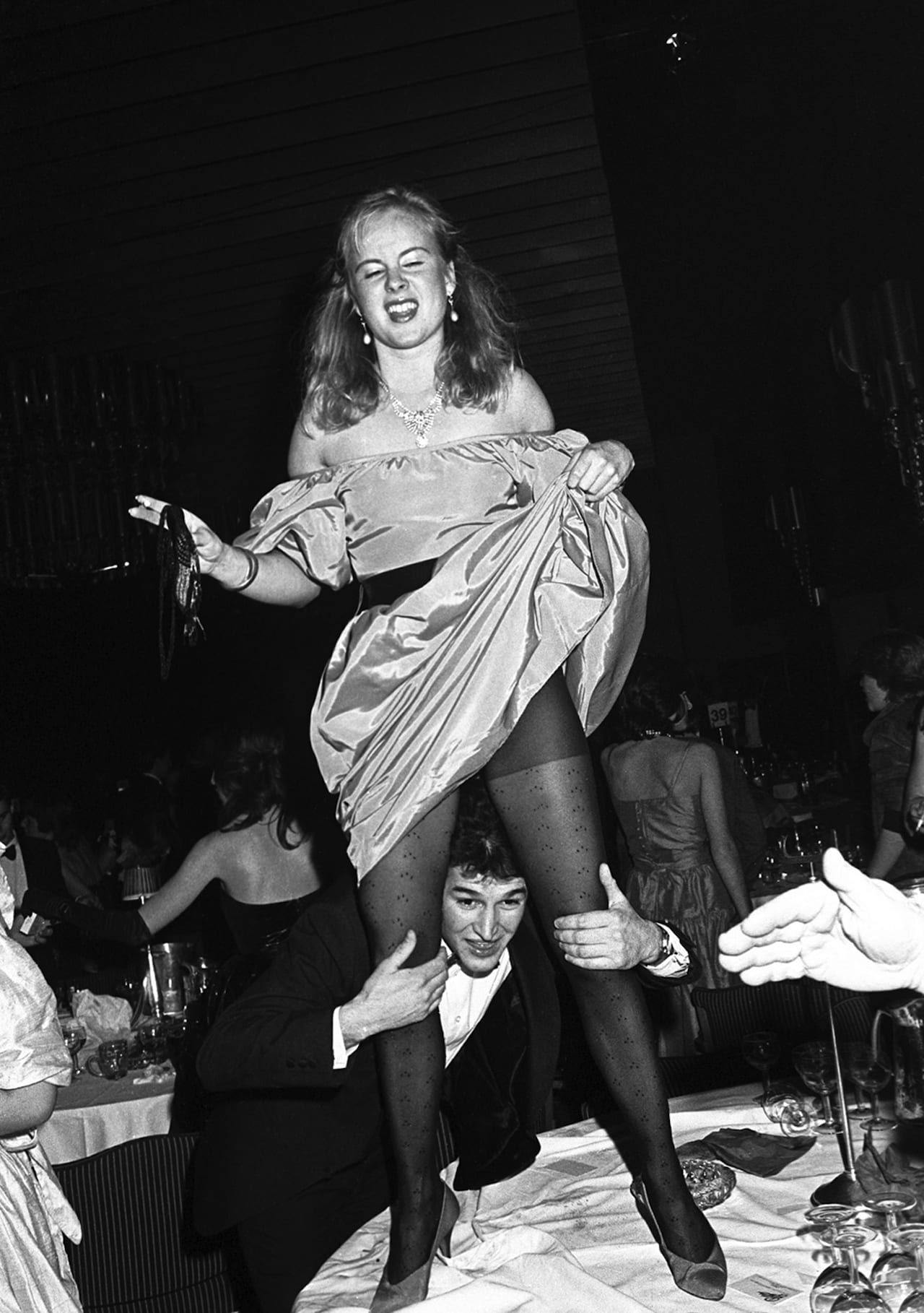Nominated for this year’s Deutsche Börse Photography Foundation Prize, Kusters reframes memory in a work that maps the atrocities of the Holocaust


Nominated for this year’s Deutsche Börse Photography Foundation Prize, Kusters reframes memory in a work that maps the atrocities of the Holocaust

Anton Kusters, Clare Strand, Mark Neville and Mohamed Bourouissa have been nominated for the prestigious £30,000 prize

“It has to hit you in the stomach — my interest is in the heart, not the brain,” says Anders Petersen, the Swedish photographer known for his intimate engagement with the underbelly of society

On the event of Photo London, BJP-online presents a round-up of exhibitions taking place in London this weekend

Now in its 22nd year, the Deutsche Börse Photography Foundation Prize is awarded each year to image-makers who’ve made the biggest contribution to the medium in the previous 12 months in Europe. This year the shortlisted artists are: Laia Abril, for her publication On Abortion; Susan Meiselas, for the retrospective exhibition Mediations; Arwed Messmer, for his exhibition RAF – No Evidence / Kein Beweis; and Mark Ruwedel, for the exhibition Artist and Society: Mark Ruwedel. The winner of the £30,000 prize will be announced at The Photographers’ Gallery on 16 May 2019.

“It’s a bit hard to find words for this – You don’t look Native to me won the PHmuseum Women Photographers Grant,” says Maria Sturm. “I feel exponentially happy and glad to be sharing the list with other women photographers whose work I admire.”
Sturm has won the prize in a strong year for the PHmuseum Women Photographers Grant, with the 31 shortlisted photographers including Magnum Photos’ Diana Markosian, Sputnik Photos’ Karolina Gembara, and Taylor Wessing Photographic Portrait Prize-winner Alice Mann. But her long-term project You don’t look Native to me, which shows young Native Americans in Pembroke, North Carolina impressed the judges with its sensitive approach to its subjects.

Now in its second year, the PHmuseum Women Photographer Grant has a simple premise – to recognise and award world-class photographers, who also happen to be women. Judged this year by a prestigious panel including Magnum photographer Alessandra Sanguinetti and The Photographers’ Gallery senior curator Karen McQuaid, the Grant has two main sections – The Women Photographer Grant and the New Generation Prize for those under 30 years of age. BJP takes a look at those who have made the shortlist.

In the yearly World Happiness Report, Denmark, along with its Nordic neighbours, continuously ranks in the top three spots. But what is it about the Danes that makes them so happy? “After three years, I still don’t really have an answer,” says Giulia Mangione, whose new book, Halfway Mountain, seeks to uncover this very question. Mangione started the project in 2014, as part of a photography course she was taking in at the prestigious Danish School of Media and Journalism. Her experience as assistant photo editor at Calvert Journal and interning at MACK Books had helped her “develop a taste for documentary photography” and photobooks, she says, and, after showing a dummy of her project to Corinne Noordenbos – a celebrated educator and former tutor of contemporary photographers such as Rob Hornstra and Viviane Sassen – she decided to expand on it.

“What do I know about it? All I know is what’s on the internet.” So said Donald Trump in an interview in March 2016, after he was confronted about the legitimacy of a video he had tweeted, along with the claim that the protester it depicted was a member of ISIS. The video has since been proved as a hoax, neatly demonstrating the difficultly of navigating between truth and fiction in today’s digital landscape. In a world where even a layperson can manipulate images on their phone, and spread them to thousands of fake followers with one click, how can we begin to know what is #real?
It’s the kind of question that All I know is what’s on the Internet will pose, a new exhibition opening at The Photographers’ Gallery, London including work by 11 artists and collectives. It includes “social media machines” made by Australian designers Stephanie Kneissl & Maximilian Lackner, built to maximise activity and likes; and wall-mounted installations by Eva and Franco Mattes that reveal the lesser-known, surprisingly personal, world of online content moderators. Curated to draw attention to the neglected corners of digital image production, the show helps visualise the vast infrastructure of online platforms, and the enormous amount of human labour needed to keep it churning.

“I had access to what felt like this secret world,” says Dafydd Jones, who has worked as a social photographer since the 1980s for publications such as Tatler, Vanity Fair, The New York Observer, The Sunday Telegraph, and The Times. “I was taking pictures of elites that nobody had seen before. It was Thatcher’s Britain, a period of celebration for those that had money. People described it as the ‘last hurrah’ of the upper classes.”
In 1981 he won a photography competition run by The Sunday Times magazine with a set of photographs of “Bright Young Things”, named after the earlier group of hard-partying aristocrats immortalised by novelist Evelyn Waugh and photographer Cecil Beaton. Tatler editor Tina Brown hired Jones off the back of it, commissioning him to photograph the Hunt Balls, society weddings, and debutante dances that were a mainstay of the upper-class publication. Now Jones has put together a collection of his work for Tatler from 1981-89, titled The Last Hurrah and currently on show at The Photographers’ Gallery and put out as a publication by Stanley Barker.